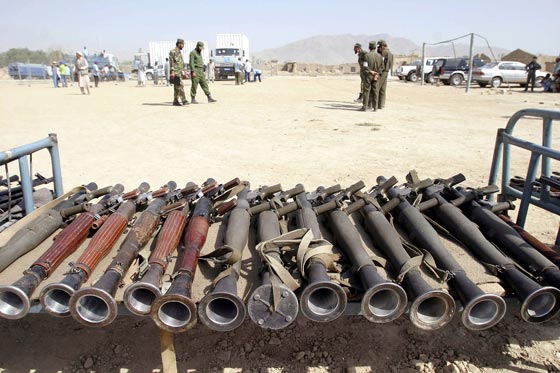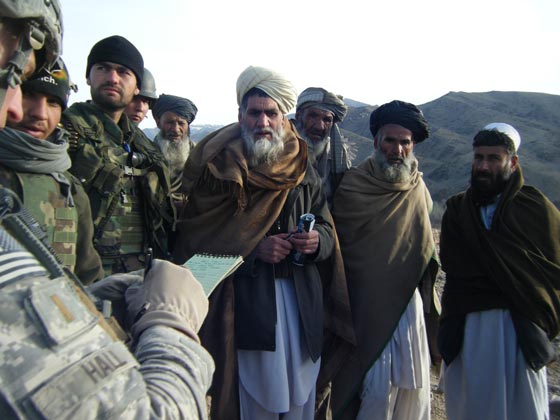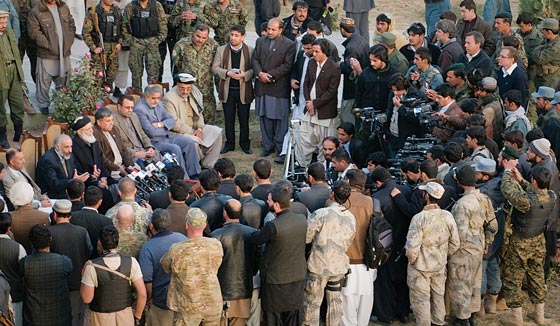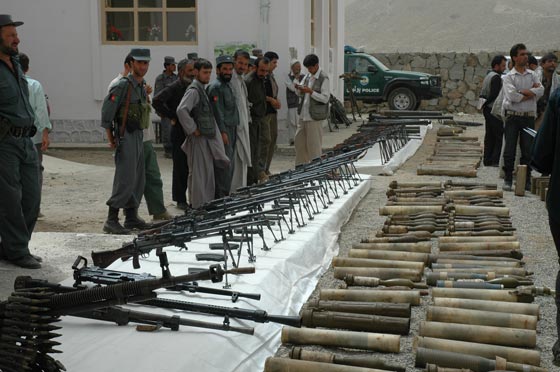The United States and the Taliban have been engaged in talks to reach an agreement that could set the stage for a viable intra-Afghan peace process. Though the status of these talks is uncertain, the U.S. goal remains a sustainable political settlement between the Afghan government and the Taliban. If such a settlement is reached, a critical challenge will be the reintegration of tens of thousands of former fighters and their families into civilian life.
This report—the seventh lessons learned report to be issued by SIGAR—examines post-2001 reintegration efforts in Afghanistan, and opportunities and constraints for reintegration now and in the future. It also looks at past local security agreements, case studies of reintegration in Colombia and Somalia, and the broader literature on the topic. Through this analysis, the report identifies key lessons, makes recommendations to the U.S. Congress and executive branch agencies for how the United States can best advance reintegration goals, and raises several matters for consideration for the Afghan government, should it pursue a reintegration program.
“Reintegration—fighters transitioning to civilian life, gaining acceptance from their community, and finding a sustainable livelihood—is a complex, long-term process, as old as war itself. ”
The immediate question facing U.S. policymakers is whether to support any reintegration activities amid the ongoing insurgency and without a peace agreement between the Afghan government and the Taliban. Our report concludes that U.S. agencies should not do so, given the difficulty of vetting, protecting, and tracking combatants who claim they want to stop fighting. None of the post-2001 reintegration programs succeeded in enabling any significant number of ex-combatants to rejoin civil society. Programs specifically targeting Taliban fighters did not weaken the insurgency to any substantial degree or contribute meaningfully to parallel reconciliation efforts.
On the other hand, in the event of a peace agreement between the Afghan government and the Taliban, this report recommends that the Congress may wish to consider funding a reintegration program if: (a) the Afghan peace agreement provides a framework for reintegration of ex-combatants; (b) a significant reduction in overall violence occurs; and (c) a strong monitoring and evaluation system is established for reintegration efforts. At the same time, U.S. agencies would need to take into account several risks to the execution of a program, including corruption, the difficulty of monitoring and evaluation, vetting challenges, and security issues—challenges that have plagued Afghan reintegration efforts since 2001, as this report lays out.







